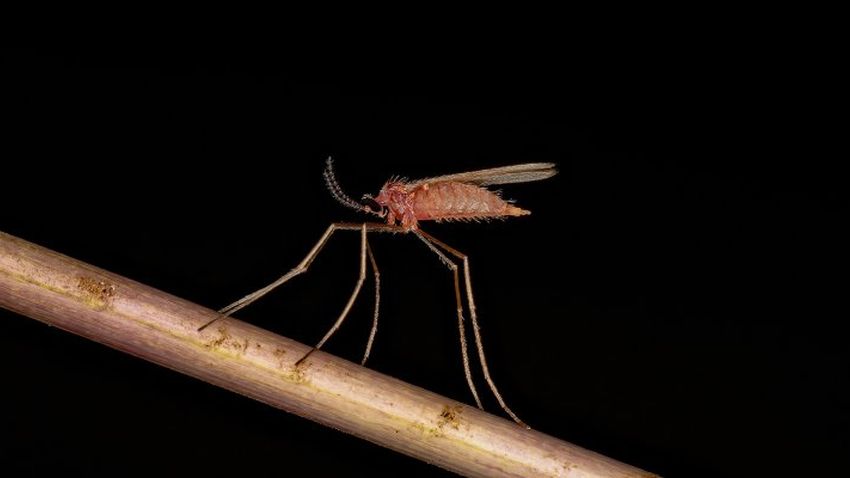New Predatory Midge May Offer Effective Mite Control

Photo: Wageningen
Mites of the family Eriophyidae and Tarsonemidae may be small, but they can cause major problems in several crops. The tomato russet mite, Aculops lycospersici, can be very problematic in tomatoes. Other harmful mites of this family are the dry bulb mite, Aceria tulipae, which causes problems during the storage of tulips; the redberry mite Acalitus essigi, which damages the fruits in blackberry; the bulb scale mite, Stenotarsonemus laticeps, in amaryllis; the pineapple tarsonemid mite, Stenotarsonemus ananas, in bromeliads; and a mix of Tarsonemus violae and the broad mite Polyphagotarsonemus latus in gerbera.
Although the crops where these mites cause problems are different, they all have one thing in common: the mites are difficult to control due to their extremely small dimensions. Predatory mites are, in principle, effective predators, but they cannot get to the places where these small mites are hiding.
Entomologists from Wageningen University & Research in the Netherlands have investigated new natural enemies for the control of small mites. During their research, the tiny gall midge Trisopsis tyroglyphi was discovered, whose larvae proved to be good predators of both eriophyid and tarsonemid mites. The species was for the first time found in the Netherlands. The larvae can develop very well on the storage mite Tyrophagous putrescentiae. The life cycle is relatively short, on average 23 days, and midge adults are very fragile and live only four days.
The application of these predatory midges as biological control agents is crop dependent. In amaryllis they were found deep in the bulb where they preyed on bulb scale mites, but in practice they failed to establish. In bromeliads, under humid and warm conditions, the predatory midge was found to settle surprisingly well in flowers. However, the contribution to the control of the pineapple tarsonemid mite or has not yet been demonstrated. A trial with gerbera showed that the predatory midge can contribute to the control of the broad mite, but complete control was not achieved.
Learn more, and contact the lead researcher, here.








